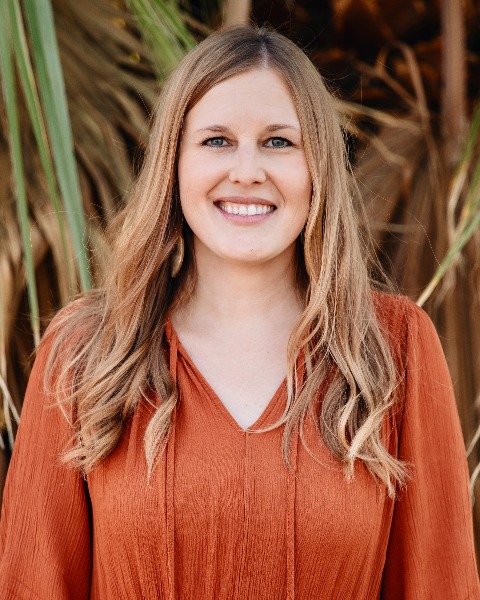Poster Presentation
Social Justice and Health Equity
Thursday Poster Power Hour
THURS-014 - Determinants of Breastfeeding Continuation During the Pandemic Among Culturally and Linguistically Diverse Postpartum Women
Thursday, April 17, 2025
11:45 AM - 12:45 PM PST
Location: Pacific I/II, 2nd Floor
Area of Responsibility: Area IV: Evaluation and Research
Subcompetencies: 4.5.1 Communicate findings by preparing reports, and presentations, and by other means., 4.4.4 Draw conclusions based on findings.
Research or Practice: Research
Subcompetencies: 4.5.1 Communicate findings by preparing reports, and presentations, and by other means., 4.4.4 Draw conclusions based on findings.
Research or Practice: Research

Meagan Young Schlinkert, MPH, CHES (she/her/hers)
PhD Candidate in Global Health
Arizona State University
Scottsdale, Arizona, United States
Poster Presenter(s)
Learning Objectives:
At the end of this session, participants will be able to:
- Describe at least three factors that were associated with breastfeeding continuation among a culturally and linguistically diverse sample of postpartum mothers during the COVID-19 pandemic.
- State two analysis methods used to examine breastfeeding continuation among a culturally and linguistically diverse sample of postpartum mothers during the COVID-19 pandemic.
- Explain at least two ways that this research could influence your practice or research.
Detailed abstract description: Explore the determinants of breastfeeding continuation during the COVID-19 pandemic among a culturally and linguistically diverse sample of postpartum women (n=140 including U.S.-born, refugees, and immigrants) obtaining care at a safety-net clinic in Phoenix, AZ. Breastfeeding offers physical and mental health benefits for both infants and mothers. Still, despite these benefits, many women struggle to breastfeed for the recommended duration due to economic, societal, physical, or emotional challenges, and COVID-19 exacerbated these challenges. Breastfeeding trends vary in the United States by ethnic and immigrant backgrounds, with breastfeeding initiation and continuation traditionally higher for mothers born outside of the United States. Due to variation in breastfeeding, it is important to study the pandemic and associated variables’ impact on breastfeeding continuation, especially pertaining to refugee and immigrant population experiences. This session describes one portion of the results of a mixed-methods COVID-19 postpartum study that captured women’s close- and open-ended responses to questions about their pregnancy, healthcare, birth outcomes, and breastfeeding experiences during the COVID-19 pandemic at a local clinic using cultural navigators. We used Cox proportional hazard modeling to capture breastfeeding time to stop based on the survey date and infant’s age and provide insight into factors (e.g., age, immigrant status, breastfeeding support, self-reported ability to cope with breastfeeding, mask-wearing during breastfeeding, and anxiety/depression as assessed by PHQ-4 scores) that contributed to continuation or discontinuation. The results of this study show that refugees and those who wore a mask while breastfeeding were significantly more likely to continue breastfeeding (p < 0.05; 79% and 69%, respectively). Marginally significant factors (p < 0.1) that were associated with breastfeeding continuation were the mother’s age (with every year increase, a mother was more likely to continue by 0.05%), breastfeeding support (with a one-unit increase in support, mothers were 18% more likely to continue), and self-reported coping (with agreement on successfully coping with breastfeeding, mothers were 69% more likely to continue). Some of these findings align with prior breastfeeding literature, while others like mask-wearing deserve further investigation. This study can lead to practical insights such as targeted messaging for ethnolinguistic groups and increased support for postpartum women for promoting increased length of breastfeeding for women in the United States, especially for immigrants and refugees.
